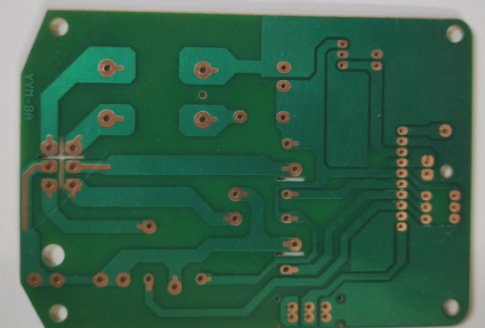Inspection Steps and Precautions for PCB Plating Test Boards
The article outlines the essential steps and criteria for evaluating the quality of PCB electroplating, emphasizing the importance of thorough inspections, adherence to thickness standards, and addressing any discrepancies to ensure compliance with customer requirements.
Inspection Steps and Precautions for PCB Plating Test Boards Read More »










